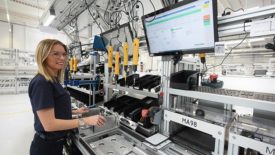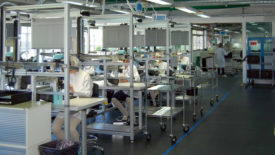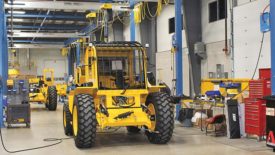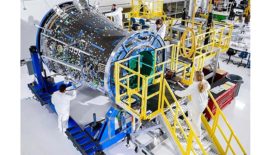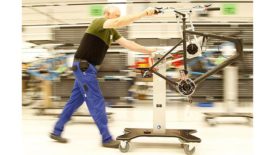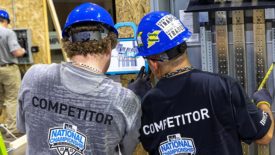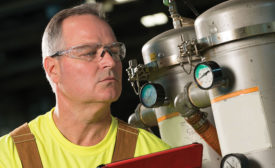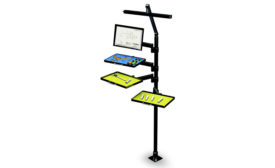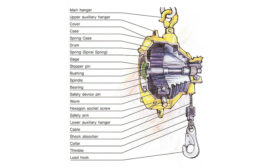Workstations Assembly
Articles about workstations and ergonomics for the assembly line.
ARTICLES
New & Noteworthy
Protective Eyewear for Workers Who Need Corrective Lenses
October 5, 2023
EVENTS
Get our new eMagazine delivered to your inbox every month.
Stay in the know on the latest assembly trends.
SUBSCRIBE TODAY!Copyright ©2024. All Rights Reserved BNP Media.
Design, CMS, Hosting & Web Development :: ePublishing
